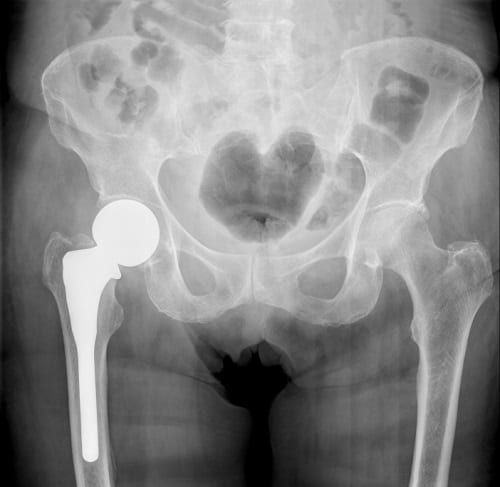Zimmer has developed hip replacement devices using technology known as kinective modular neck technology which is a modular system allowing the surgeon to choose each component that fits best for a particular patient.
Ceramic on ceramic hip replacement zimmer.
The clinical use of ceramic as a bearing surface dates back to the early 1970s.
The cup is an established hemispherical design 8 11 12 that provides increased stability 2 6 with a familiar surgical technique.
The type of ceramic used in total hip replacement today is aluminum oxide also known as alumina.
Based on past fda practices zimmer said it hopes to have approval to market the products in the second half of 2005.
The maxera cup provides a large head ceramic on ceramic option for the younger and more active patient.
In a ceramic on ceramic hip replacement system a ceramic femoral head mates with a ceramic cup liner to form the ball and socket articulating couple.
To replicate the action of your natural joint a total hip replacement has 4 parts.
Usually for hip replacements the outer shell of the new socket is made of metal.
The cup is typically made of metal and fits into the natural hip socket.
When a metal or ceramic ball is joined with the socket the new hip can produce smooth nearly frictionless movement.
Subscribe subscribed unsubscribe 45.
The zimmer biomet ceramic heads are intended for use as a component of a total hip or hemi hip prosthesis in primary and revision patients.
There are two major product lines in the zimmer hip replacement arena.
Hip replacement implant ceramic ball and ceramic liner ballball kee.
Excellent biocompatibility low wear high hardness superb chemical and hydrothermal stability but with higher strength than alumina ceramic 1 biolox option ceramic femoral head system.
Unsubscribe from ballball kee.
Do not couple 22 2 mm ceramic head sizes with cobalt chrome or stainless steel femoral stems.
Refer to the zimmer biomet ceramic heads package insert for the indications for use.
Increased demands in hip replacement.
Ceramic hip implants are among the newer types of prostheses being used for hip replacement offering greater resistance to damage and smooth movement of the joint.
This high performance ceramic offers the same advantages as alumina ceramic i e.
Many surgeons today consider them to be an improvement over traditional metal and plastic implants in which the deterioration of plastic can lead to the gradual buildup of debris.
The liner is most commonly made of a medical grade plastic called polyethylene.
In 1995 an improved alumina ceramic was developed that had increased purity and strength over the first generation materials.




























